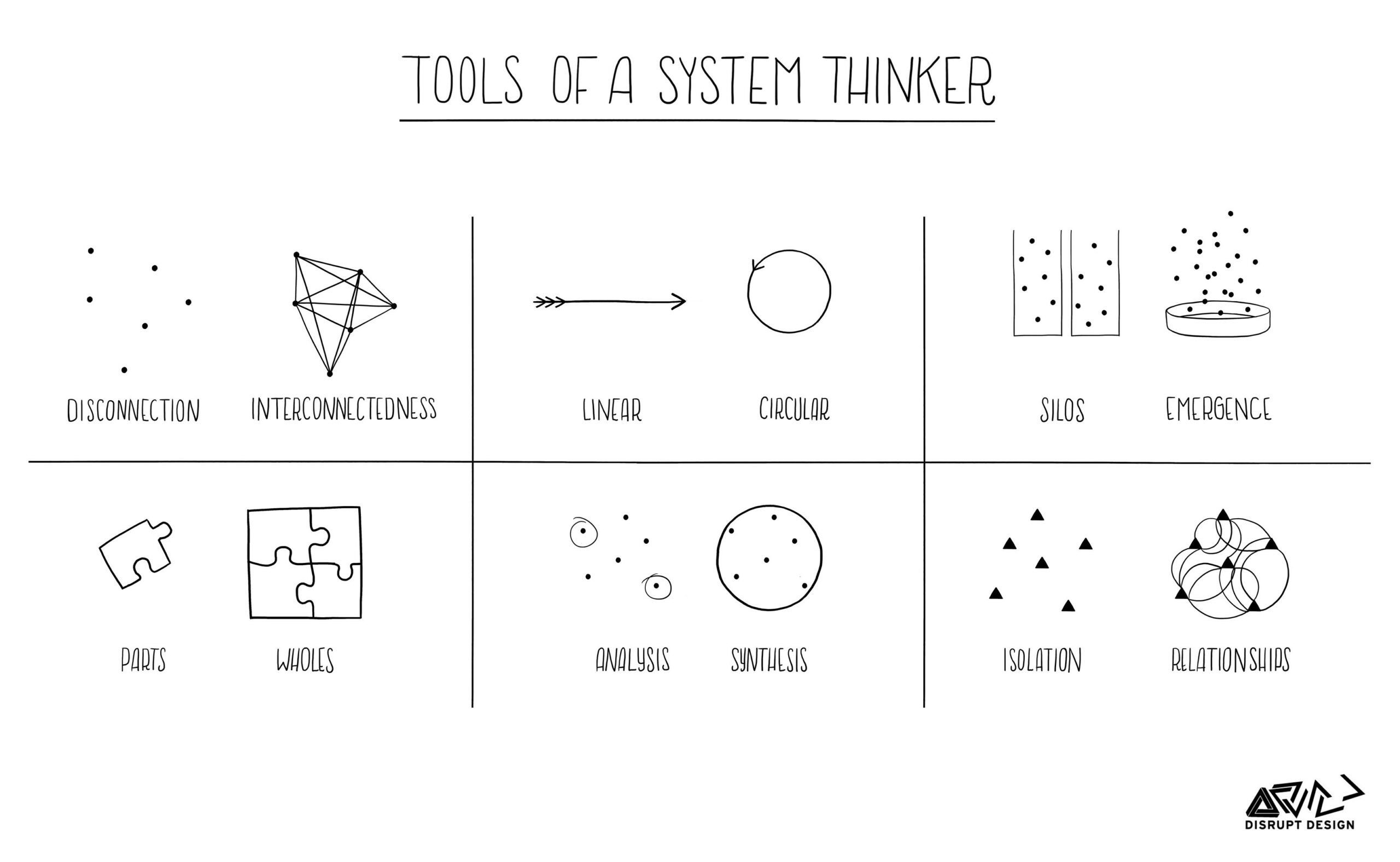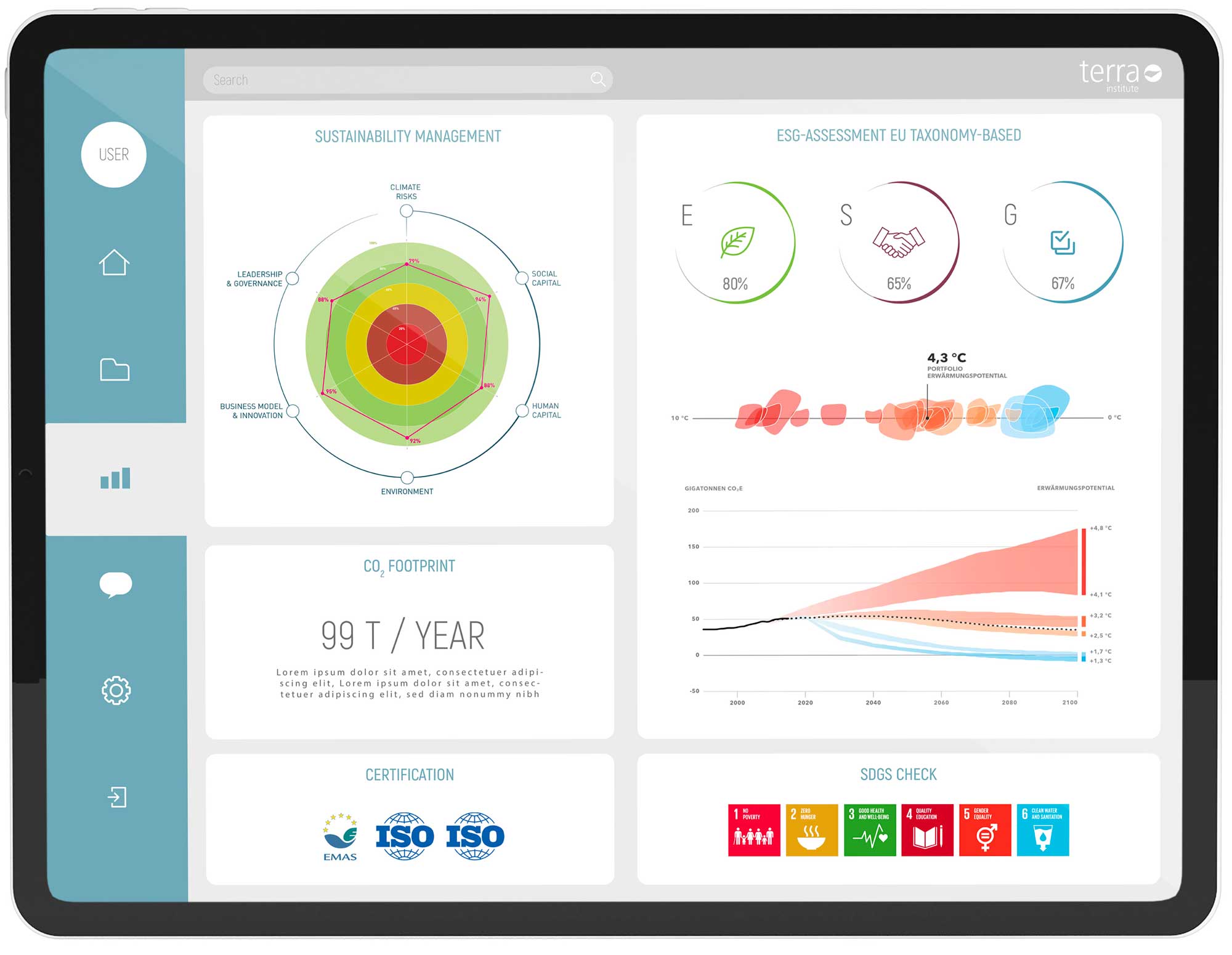WHEN FOLLOWING CURRENT UPDATES OF THE LEGAL FRAMEWORKS OR REPORTING STANDARDS ON THE TOPIC OF SUSTAINABILITY REPORTING, SUCH AS THE GRI 2021 STANDARD OF THE GLOBAL REPORTING INITIATIVE OR THE EUROPEAN SUSTAINABILITY REPORTING STANDARD (ESRS) WITHIN THE FRAMEWORK OF THE CORPORATE SUSTAINABILITY REPORTING DIRECTIVE (CSRD) OF THE EU, ONE NOTICES THE EVER-GROWING ROLE OF STAKEHOLDERS IN A COMPANY’S SUSTAINABILITY STRATEGY.
A company, or more generally an organization, that aims to make its existence and activities more sustainable can no longer avoid a deep engagement with its own stakeholders and thus with the topic of “concepts for identifying stakeholders.”
We have already summarized the basics of a stakeholder dialogue in an article.
Due to legal frameworks, the question for companies of “whether organizations should involve their stakeholders” is taken off the table and answered clearly with “yes.” Here, we want to take a small step further by briefly addressing the question of identifying one’s own stakeholders.
In the fifth edition of the book “Integrative Business Ethics,” published in 2016 by Haupt Verlag in Bern, Peter Ulrich understands companies, regardless of their legal corporate form – whether private or publicly owned – as a “pluralistic value-creation event.” It is seen as pluralistic because decisions and activities affect a variety of stakeholders in their living or existence conditions. He thus sees the participants and those affected as an essential part of the discourse on the legitimacy of the company. From this, Peter Ulrich concludes that the sole guiding question “Which values do I want to create as a company?” is no longer sufficient.
Furthermore, aspects such as the distribution of value creation and value consumption, as well as the question of for whom values are created or who bears the costs for internal and external processes, must be considered. He also acknowledges that the discourse on legitimacy for the company is simultaneously a discourse about the reasonableness of the extent of stakeholder involvement. In this process, it must be clarified that the purpose of the company can be justified to all stakeholders and can at the same time be reasonably expected from the management of the company. An essential step in stakeholder dialogue is thus the clarification of the “inalienable moral rights of all participants and those affected,” according to Peter Ulrich.
The issue of reasonableness is also reflected in the current legislation of the CSRD. According to Article 29b paragraph 4 of the directive, there is an active protection for SMEs that shields them from overly extensive requests from other companies in the value chain affected by the CSRD. The permissible scope of the request is based on the simplified version of the ESRS planned for SMEs.
WHAT CAN CONCEPTS FOR IDENTIFYING STAKEHOLDERS BE?
The resulting question, to return to the original question about identifying stakeholders, can be answered according to Peter Ulrich in two ways:
1. With a power-strategic concept and
2. with a normative-critical concept.
The power-strategic concept sees all those as stakeholders who have potential influence over the company, which can be due to power over resources or due to sanctions. The normative-critical concept, on the other hand, sees all those as stakeholders who have legitimate claims against the organization or company due to rights through contractual regulations or due to moral rights. This concept thus poses the question of who should have or be able to assert legitimate claims, regardless of who can currently assert them.
Ultimately, this means for companies that are seriously interested in stakeholder involvement and thus in making their own existence and activities more sustainable, that a detailed analysis of their own potential stakeholders, including their legitimate claims on the company and their value creation, is an essential step in every materiality analysis.
Ulrich, P. (2016) Integrative Business Ethics: Foundations of a Life-Supporting Economy. 5th edition. Bern: Haupt Verlag.
For questions on the topic, Terra Institute is of course always available (office@terra-institute.eu).










